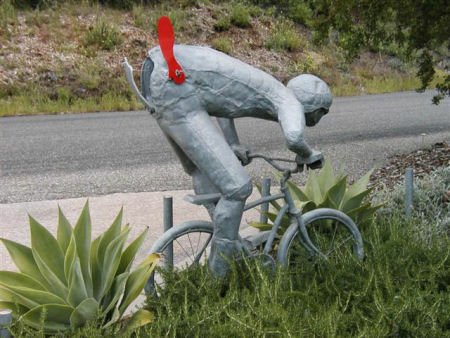
Interacting with Bicycles
Interacting with bicycles is becoming increasingly popular as more people look for ways to get around without relying on cars and public transportation. It’s a great way to get around town, exercise, and even explore the outdoors. However, it’s important to remember that bicycles come with their own set of rules and etiquette, and it’s important to understand how to interact with them in a safe and respectful manner.
- When passing another cyclist, it’s important to give them plenty of space. This means passing on the left, and not veering too close to them. It’s also important to call out to the other cyclist to let them know you’re passing them, especially if you’re passing from behind.
- It’s also important to pay attention to traffic signals and laws. Obey the speed limit, don’t ride on the sidewalk unless it’s permitted, and always use hand signals to indicate a turn. This will help ensure that everyone is safe and aware of your presence.
- When it comes to storage and parking, it’s important to be conscious of your surroundings. Make sure you lock your bike up in an area that’s out of the way and not blocking walkways. It’s also important to wear a helmet while riding, and to avoid using headphones so you can stay aware of your surroundings.
- Finally, be courteous to other cyclists. Allow others to pass you, don’t hog the road, and give a friendly wave or nod while out on the road. This will help create a sense of community and make it easier for everyone to enjoy their time out on the roads.
Interacting with bicycles can be a fun and rewarding experience. Following the rules of the road and being courteous to other cyclists will help ensure that everyone has a safe and enjoyable time.
Bicyclists and Automobiles must share the road. A collision with a bicyclist will most likely result in serious injuries. Drivers must give bicyclists plenty of room, so avoid getting too close and cutting them off. According to the Texas Department of Transportation - "Be on the lookout for cyclists on the highway, especially at intersections. If you’re passing a bicyclist, move to another lane if possible and give them plenty of room. Watch for riders who may need to maneuver around potholes and debris."
Bicycle riders must obey the same traffic laws automobile drivers are subject to. This includes obeying stop signs, traffic lights etc. When it comes to traffic laws, automobile drivers must treat bicyclists the same as other vehicles.

Interaction with Other Road Users Interaction Defensive Class















